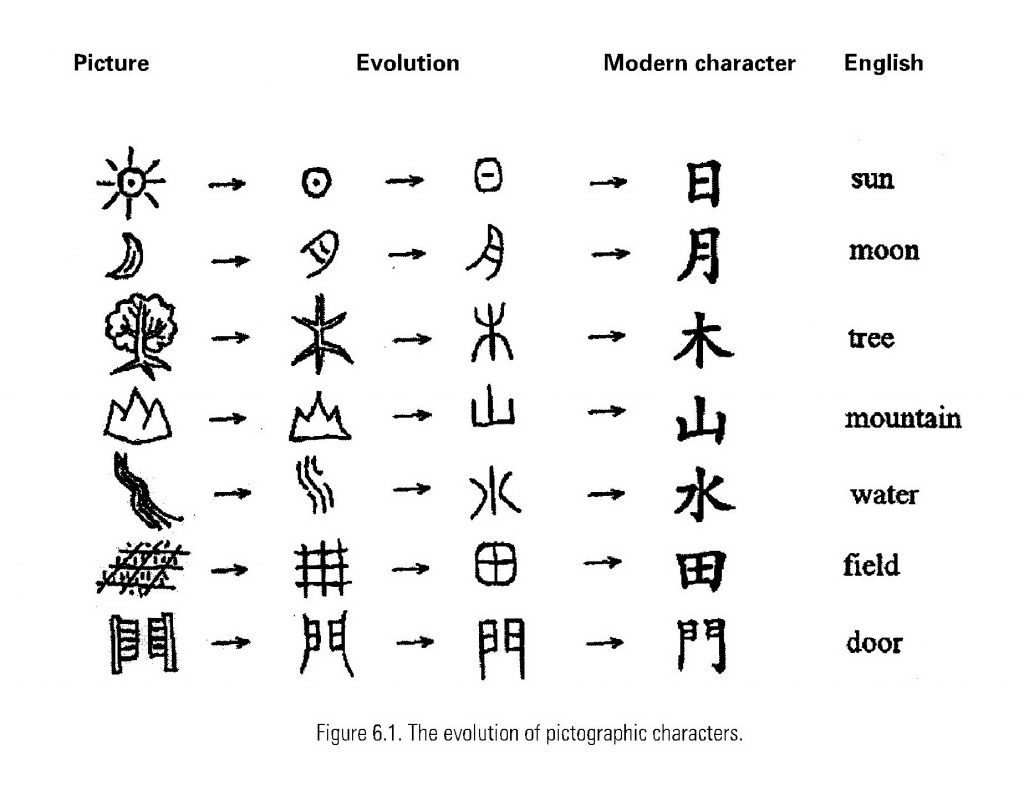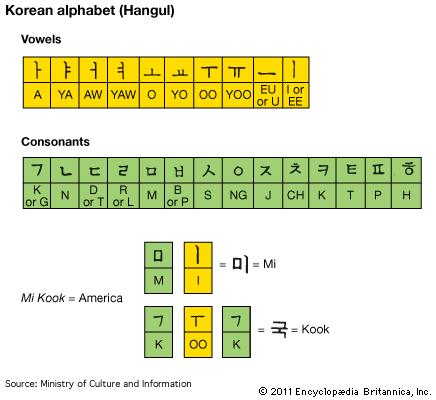Handprints and Handwriting (35 000 BCE- 0 CE)
Summary:
In this week’s class, we covered the evolution of communication from 35 000 BCE to 0 CE. At the centre of this early communication was rock art in the form of pictographs and petroglyphs: pictures drawn or carved into rocks. From pictographs, cuneiform was invented as the first written language or proto-writing. Then from cuneiform, other written languages were also invented. These include Egyptian hieroglyphics and the Phoenician alphabet. The Phoenician alphabet evolved into other languages, such as Aramaic and Greek. Aramaic produced Arabic, Russian, and modern Hindu while Greek evolved into Roman Latin, which then produces our modern English language. Many objects, technological and literary advances were also created in relation to the invention of written language. Papyrus was used in Egypt to write hieroglyphics and the Book of the Dead is an example of an early text.
In another part of the world, written language was also advancing. In China, chiaku-wen was created as early as 1800 BCE and consisted of logograms carved on shells and bones as a form of proto-writing. In 200 BCE, chen-shu was invented as a single writing system for united China. Chen-shu then became used in Japan and Korea as a basis for their written language or as a language they used at first. In terms of objects and technological advances, the Chinese invented paper from bamboo to write on instead of the bamboo slats, stone, ceramics, and cloth they were previously using.
It was interesting to see how rock art eventually became written languages and evolved humanity. All languages seem to draw from one source: pictographs, and even today, pictures are still extremely useful in communication. Written languages were being developed in different parts of the world and yet each had the ability to allow people to converse. That is truly amazing.
Research:
For this time period, I was assigned to research type and I decided to concentrate on the development of written language in China, Japan, and Korea.
In China, their written language started with pictograms which later developed into a logographic system. Originally, China was divided and while chiaku-wen or Chinese bone and shell script was created in 1800 BCE, it was not accepted throughout the entire country. In 200 BCE, Emperor Qin Shi Huang ordered a new writing system to be created after he united China in order to establish communication between different regions who were using their own scripts. This new writing system was called “chen-shu” and it was used by all Chinese people who could read it regardless of dialect. Chen-shu used a logographic system and this suited the Chinese language; the logographic system used symbols to provide context, which was successful with the Chinese language’s many homophones that were differentiated by pitch and context. In addition, the logographic system was also able to handle Chinese grammar, which worked by rearranging whole words. Initially, the logographic writing consisted of simplified drawings of objects and animals to provide context, but as time progressed, it was developed further until the characters no longer had a direct pictorial connection, but still symbolized words.

https://sachinese.files.wordpress.com/2013/02/chinese-writing-and-calligraphy_6.jpg
Japan had no writing system until Chinese characters were introduced in first century CE. At first, classical Chinese was used to write for their meaning (not sounds), but then Kanji (Chinese characters) was used to write either Chinese or Japanese words with similar or the same sounds. The Japanese writing system evolved from Chinese Kanji and contains three basic scripts: Chinese Kanji, Hiragana, and Katakana. Generally, Hiragana (invented in the ninth century CE) and Katakana (invented in 951 CE) are simplified forms of Kanji. Hiragana was based on entire Kanji characters where each character was written with a few continuous brush strokes- similar to Chinese calligraphy- while Katakana was based on only parts of Kanji.

https://i.stack.imgur.com/NofYJ.png
Due to the Chinese occupation of northern Korea from 108 BCE to 313 BCE, Chinese writing was widely used in Korea for over 2000 years. They borrowed a large number of Chinese words (approximately 70% of Korean vocabulary was from Chinese), gave Korean readings and/or meanings to some Chinese characters, and invented about 150 new characters. Then, in 1446 CE, King Sejong invented Hangul, Korea’s own alphabet. This new alphabet had 28 letters, was phonetic, and easy to learn.

https://cdn.britannica.com/04/106004-004-A5B4C78F.jpg
In East Asia, written language was being developed at its own pace. The Chinese’s chen-shu followed a logographic system that provided the context in Chinese’s homophone-rich language and several languages, such as Japanese and Korean, were heavily influenced by Chinese Kanji. The Asian written languages were developed at a slower pace, chen-shu only invented in 200 BCE and the Japanese and Korean language invented later, while other forms of early writing, such as Sumerian proto-writing, were already present in 4000 BCE.
_
References:
- Judy Snaydon’s Lecture Notes
- Beattie, Barbara C. “Writing Systems in the Ancient World.” Encyclopedia of the Ancient World, November 2001, pp. 1-7
- Bullock, Ben. “How Did Katakana and Hiragana Originate?” Where Does the Name Japan Come from?, Sci.lang.japan, 1994, www.sljfaq.org/afaq/originofkana.html
- “Korean .” Indonesian Alphabet, Pronunciation and Language, Omniglot, 1998, www.omniglot.com/writing/korean.htm

